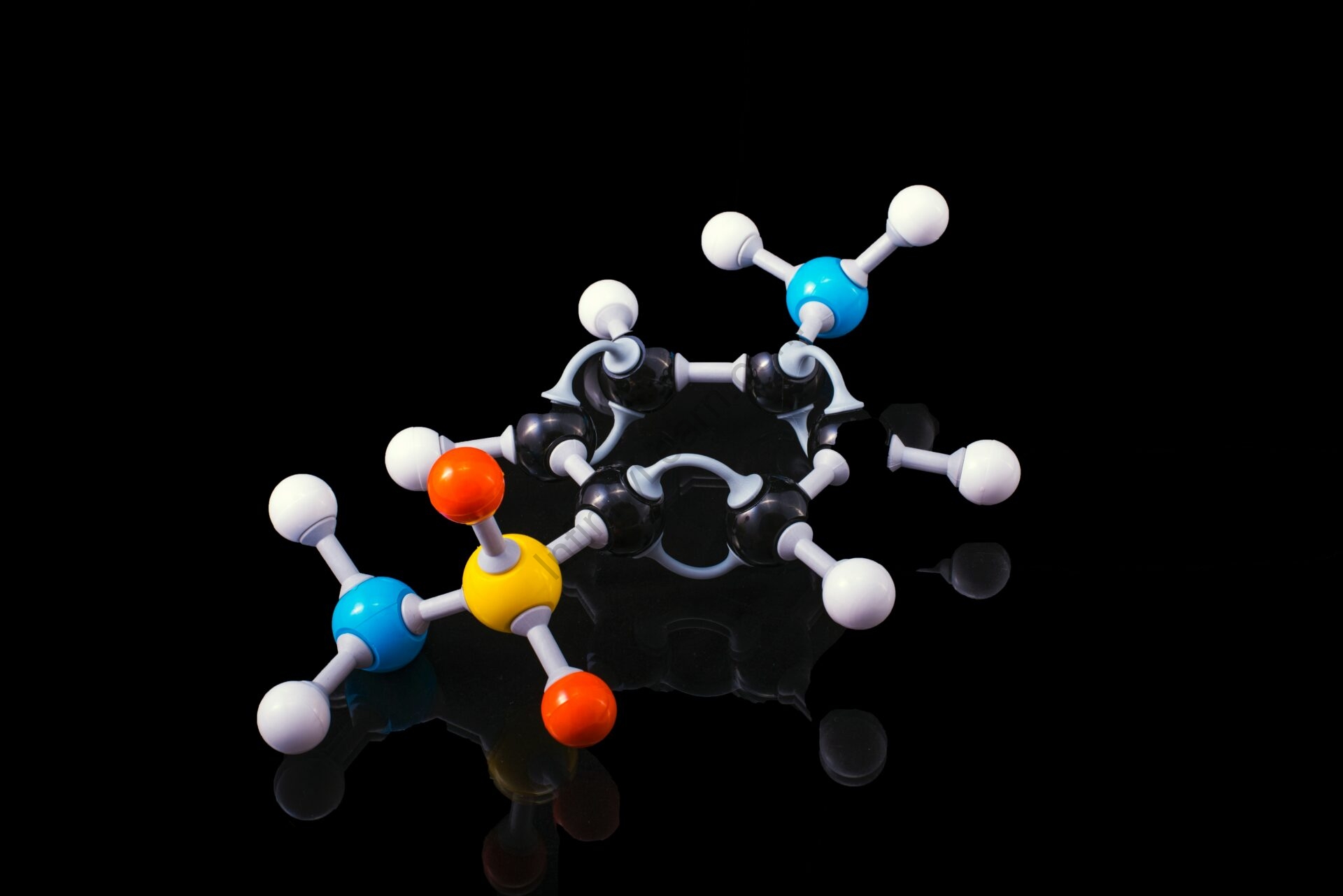Table of Contents

Introduction:
Chemical species that donate or absorb electrons to form a new chemical bond are known as electrophiles and nucleophiles. Meanwhile, the terms electrophile and nucleophile are used to characterize the reactions that occur between electron donors and acceptors. They were first used in 1933, and they superseded previous terminologies like cations and anions.
Electrophile:
The word “electrophile” is obtained from the words “electro,” which is derived from the word “electron,” and “phile,” which is derived from the word “love.”An electrophile is a molecule, ion, or atom that is lacking in electrons in some way. In other terms, an electrophile is a chemical that assaults the molecule’s negative or loves electrons. They are usually positively or neutrally charged organisms with empty orbitals (electron-deficient compounds). Electrophiles are capable of accepting a few electrons.
Points to be considered:
- They are electron-deficient and have a strong attraction to electrons.
- They have either a positive or a negative charge.
- They attack places with a lot of electrons, like carbon-carbon double bonds.
- The density influences electron transport, which normally occurs from a high-density to a low-density location.
- Electrophilic addition and electrophilic substitution processes should be preferred.
- Lewis acids are named for the fact that they take electrons.
- In electrophilic substitution and addition reactions, electrophiles are involved.
Important electrophile information:
Although the hydrogen ion has a positive charge, it does not qualify as an electrophile since it has entire empty orbitals in its outer shell. On the other hand, the ammonium ion has no vacant orbitals to attract electrons. Ammonium ions, as a result, are not regarded electrophiles.
Nucleophile:
A nucleophile is a substance that donates an electron pair in order to create a covalent bond. With a single pair of donatable electrons, a nucleophile is frequently negatively charged or neutral. In general, the electron-rich species is a nucleophile.
The word nucleophile is derived from two words: “Nucleo,” which refers to the nucleus, and “philic,” which means “to love.” Nucleophiles are organisms that target the substrate’s positive side or prefer nuclei.
Nucleophiles give unshared electron pairs and serve as Lewis bases, according to Lewis’ theory of acids and bases.
Points to be considered:
- They are drawn to the nucleus because they are made up of electrons. They are either negatively or neutrally charged.
- They are electron donors.
- Electrons travel from a low-density to a high-density environment.
- They can be used in nucleophilic addition and substitution processes.
- Lewis base is another name for it.
Difference between Electrophile and Nucleophile:
There were a few key distinctions between nucleophiles and electrophiles. When a ligand is activated by proximity to metal, it can be attacked promptly by a nucleophile or an electrophile. Each of these assaults can be a reaction to an abstraction or addition.
| ELECTROPHILE | NUCLEOPHILE |
| The electron pair is accepted. | The electron pair is supplied. |
| These can be either positively charged or neutral species | They can be either negatively charged or neutral species |
| Possess an empty orbital to receive the electron pair | Possess an electron pair that is loosely held and can be supplied easily |
| Attacks high-electrostatic-density areas. | Attacks the electron density low point. |
| These are known as Lewis acid as they can accept a pair of electrons | These are known as Lewis bases as they can donate a pair of electrons |
| With the nucleophile, forms an additional bond. | Its covalency is increased by one unit. |
| Example: All positively charged species such as H+, NO2+, electron-deficient species such as BF3, AlCl3 | All negatively charged species such as OH–, CN–, and electron-rich species such as H2O, NH3 are examples. |
FAQ’s
Ques 1: Why do nucleophiles give electrons to electrophiles?
Ans 1: One thing to keep in mind about electrophiles is that they will be the acceptors of electrons in a process. Electrophiles will “quench” their positive or partial positive charge by absorbing electrons from nucleophiles, resulting in a more overall stable species.
Ques 2: A loan pair has how many pairs of electrons?
Ans 2: Nucleophiles must be electron-rich chemical entities with at least one lone pair of electrons since the nucleus of an atom is positively charged.
Ques 3: What are electrophiles?
Ans 3: Electrophiles are positively loaded or neutral substances that are electron deficient and can accept a couple of electrons. These creatures are also referred to as electron-loving organisms (philic). The word “electrophile” is made up of two words: “electro,” which is derived from “electron,” and “philic,” which is derived from “phile.”








